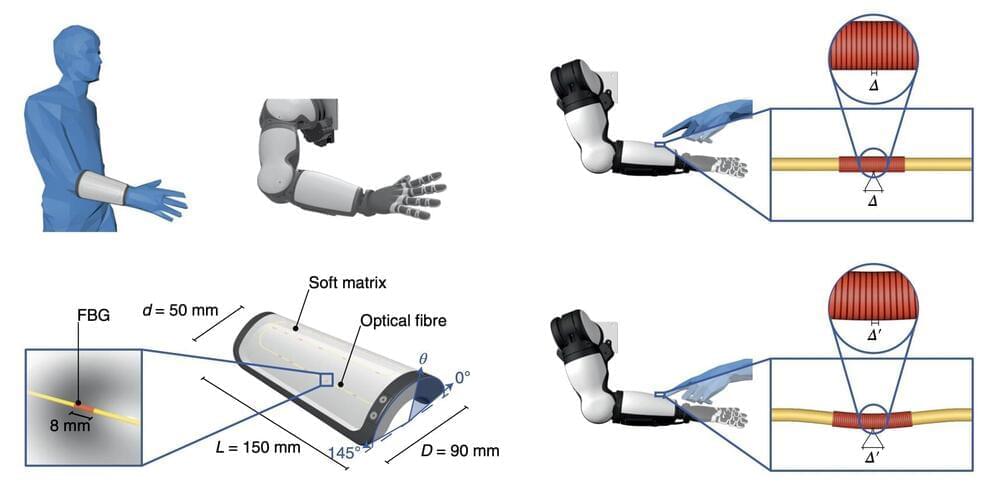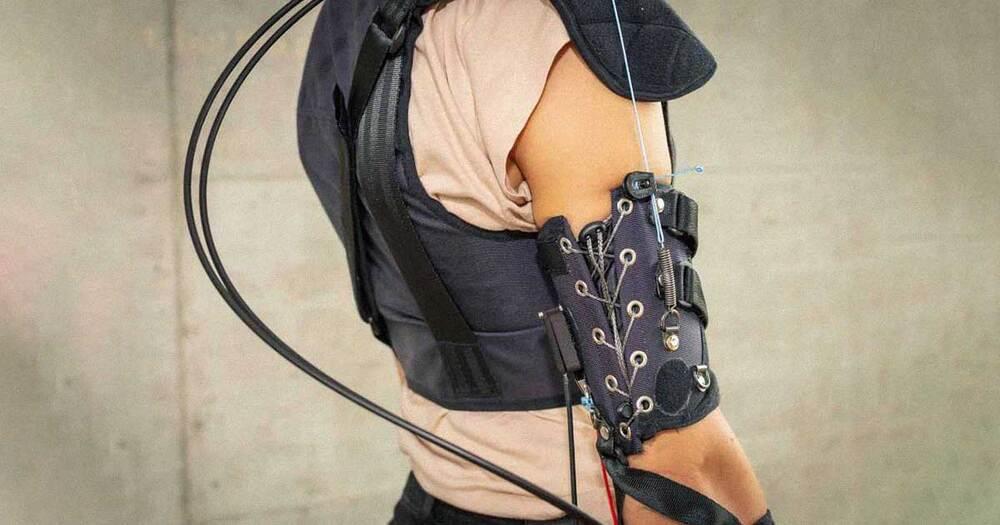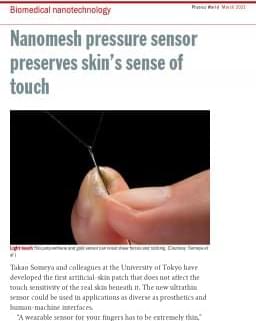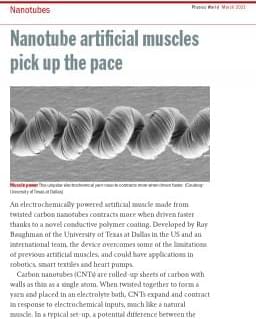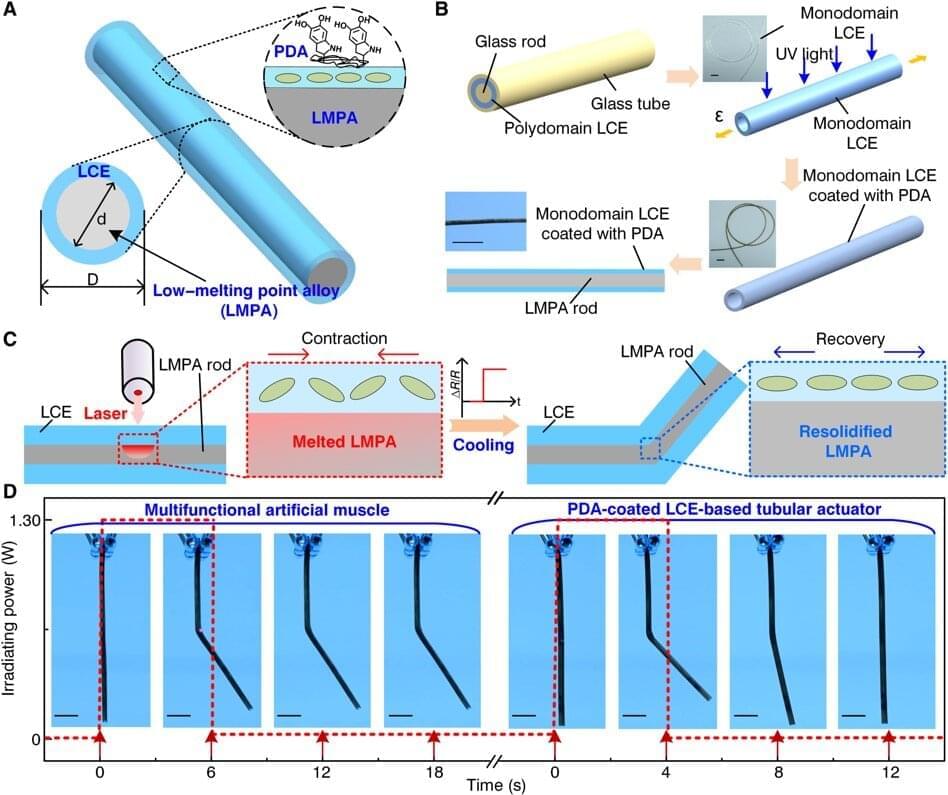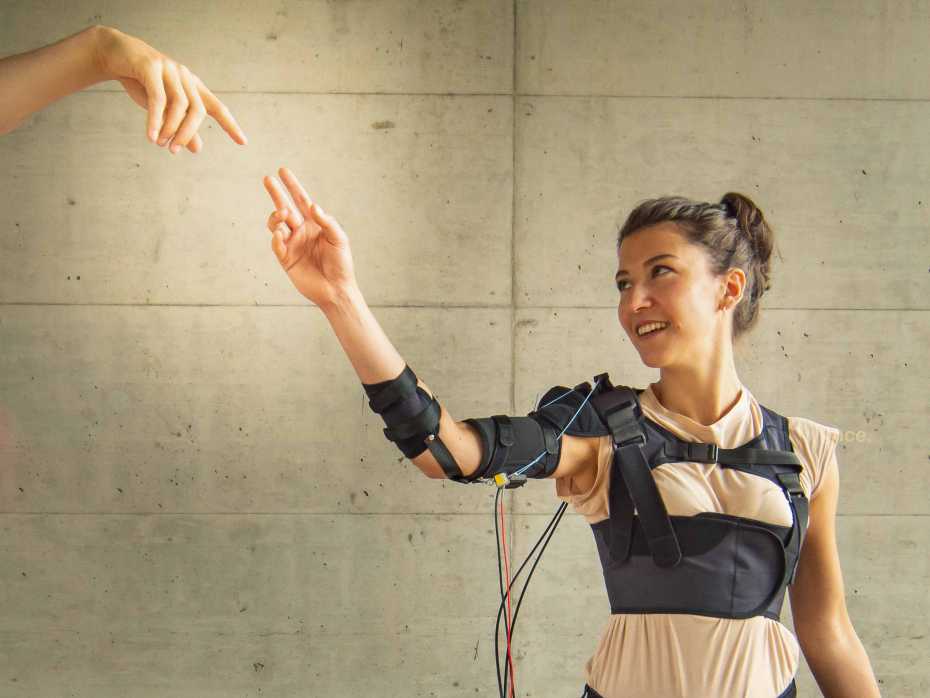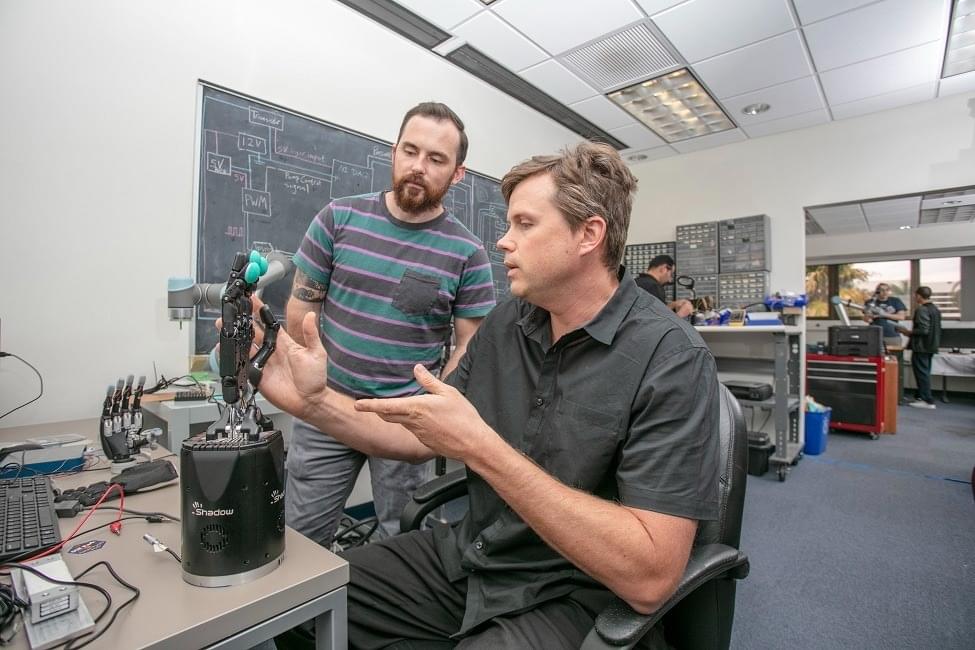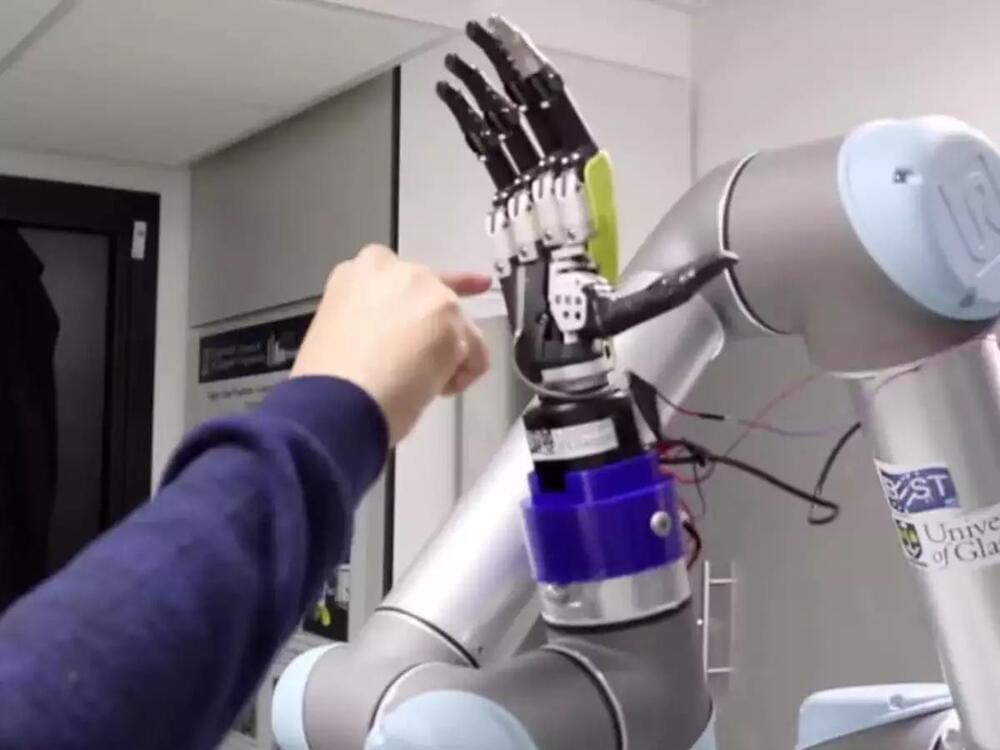Jun 30, 2022
Mimicking the function of Ruffini receptors using a bio-inspired artificial skin
Posted by Shubham Ghosh Roy in categories: biological, cyborgs, habitats, health, robotics/AI
Mobile robots are now being introduced into a wide variety of real-world settings, including public spaces, home environments, health care facilities and offices. Many of these robots are specifically designed to interact and collaborate with humans, helping them to complete hands-on physical tasks.
To improve the performance of mobile robots on interactive and manual tasks, roboticists will need to ensure that they can effectively sense stimuli in their environment. In recent years, many engineers and material scientists have thus been trying to develop systems that can artificially replicate biological sensory processes.
Researchers at Scuola Superiore Sant’Anna, Ca’ Foscari University of Venice, Sapienza University of Rome and other institutes in Italy have recently used an artificial skin and a deep learning technique that could be used to improve the tactile capabilities of both existing and newly developed robots to replicate the function of the so-called Ruffini receptors. Their approach, introduced in a paper published in Nature Machine Intelligence, replicates the function of a class of cells located on the human superficial dermis (i.e., subcutaneous skin tissue), known as Ruffini receptors.
